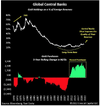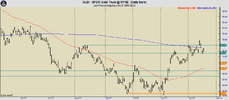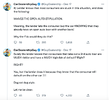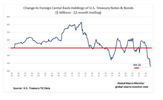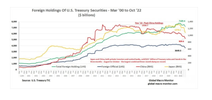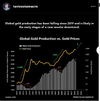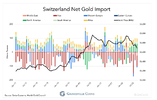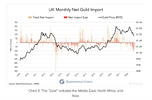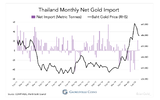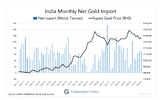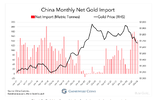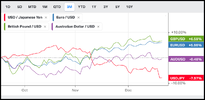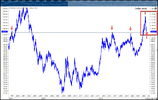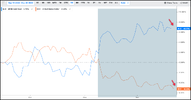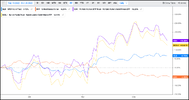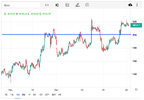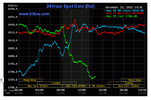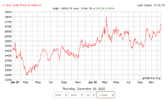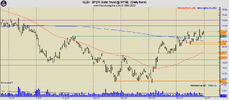Very clever divs4ever, hadn't seen Bernard Cribbins Hole in Ground before. Reckon in a couple of centuries time, when they find the lad in the bower hat, probably argue how he met his demise ... We would know betteri imagine the first tranche of gold/silver confiscation would be oblige vaults ( like the Perth Mint ) to surrender clients holdings to the central money pit ( Treasury ) much like they did in WW2 whether they reimburse with paper/digital certificates remains to be seen ,
safety deposit boxes in banks and other places might easily be next , along with a ban on legally trading the physical
would the Government go from door-to-door with search-teams , i guess that would be the death of 'fair elections ' also but would they do it
teach the grandson WHERE to dig holes , some holes look less interesting than others ( wink )

Bernard Cribbins Hole In The Ground
Bernard Cribbins cracking song Hole In The Ground, Proper British this, Enjoy!yewtu.be
think back since 2019 and how many unthinkable things have now come to pass in less than 3 short years
Have a very nice evening.
Kind regards
rcw1

